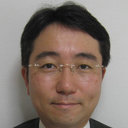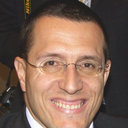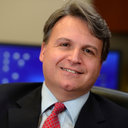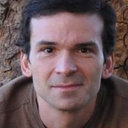Periodontal and peri-implant wound healing following laser therapy.
Atslēgvārdi
Abstrakts
Laser irradiation has numerous favorable characteristics, such as ablation or vaporization, hemostasis, biostimulation (photobiomodulation) and microbial inhibition and destruction, which induce various beneficial therapeutic effects and biological responses. Therefore, the use of lasers is considered effective and suitable for treating a variety of inflammatory and infectious oral conditions. The CO2 , neodymium-doped yttrium-aluminium-garnet (Nd:YAG) and diode lasers have mainly been used for periodontal soft-tissue management. With development of the erbium-doped yttrium-aluminium-garnet (Er:YAG) and erbium, chromium-doped yttrium-scandium-gallium-garnet (Er,Cr:YSGG) lasers, which can be applied not only on soft tissues but also on dental hard tissues, the application of lasers dramatically expanded from periodontal soft-tissue management to hard-tissue treatment. Currently, various periodontal tissues (such as gingiva, tooth roots and bone tissue), as well as titanium implant surfaces, can be treated with lasers, and a variety of dental laser systems are being employed for the management of periodontal and peri-implant diseases. In periodontics, mechanical therapy has conventionally been the mainstream of treatment; however, complete bacterial eradication and/or optimal wound healing may not be necessarily achieved with conventional mechanical therapy alone. Consequently, in addition to chemotherapy consisting of antibiotics and anti-inflammatory agents, phototherapy using lasers and light-emitting diodes has been gradually integrated with mechanical therapy to enhance subsequent wound healing by achieving thorough debridement, decontamination and tissue stimulation. With increasing evidence of benefits, therapies with low- and high-level lasers play an important role in wound healing/tissue regeneration in the treatment of periodontal and peri-implant diseases. This article discusses the outcomes of laser therapy in soft-tissue management, periodontal nonsurgical and surgical treatment, osseous surgery and peri-implant treatment, focusing on postoperative wound healing of periodontal and peri-implant tissues, based on scientific evidence from currently available basic and clinical studies, as well as on case reports.






